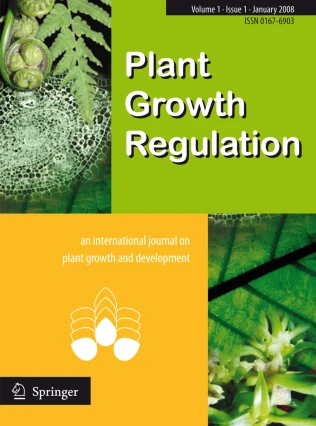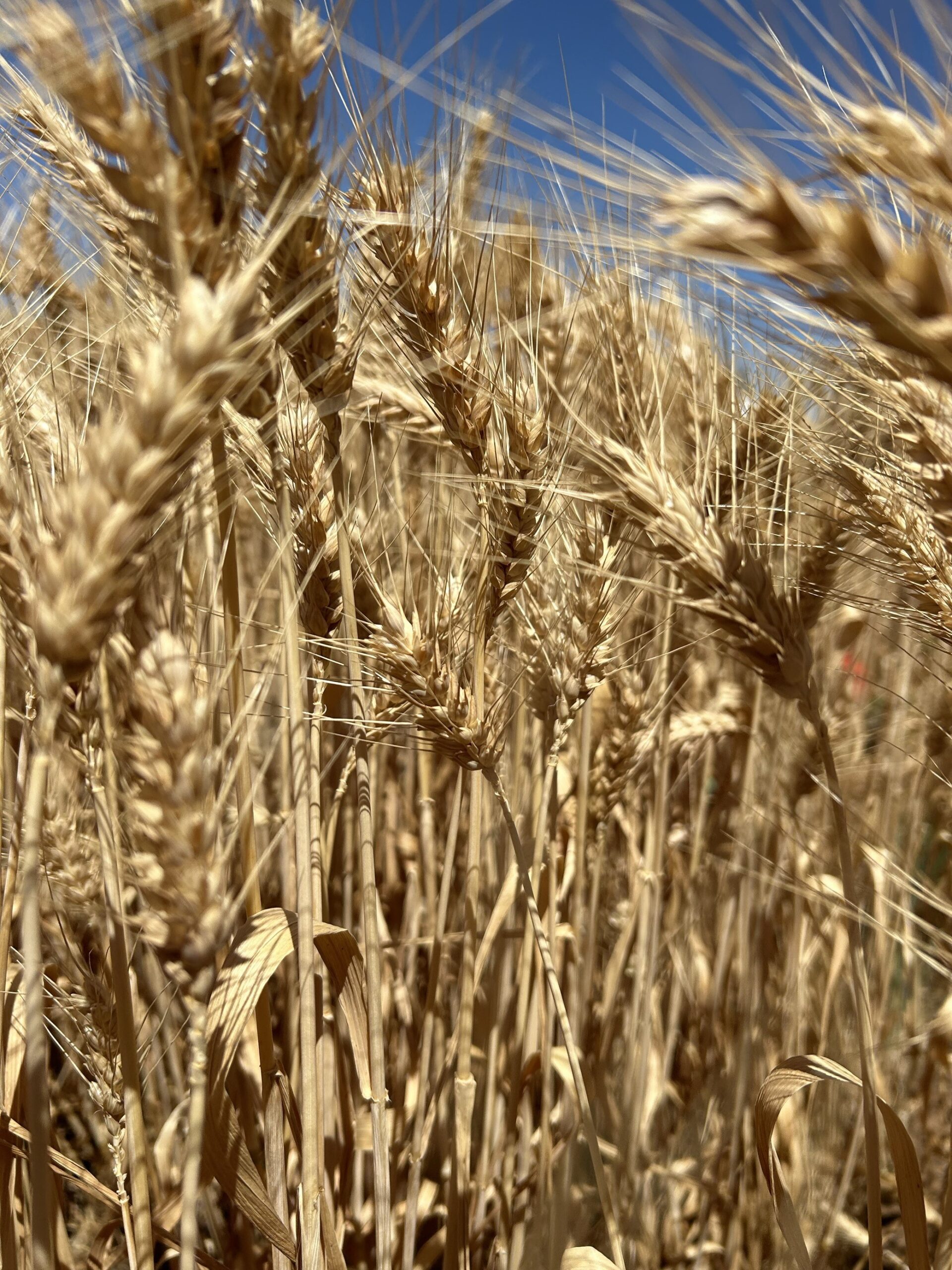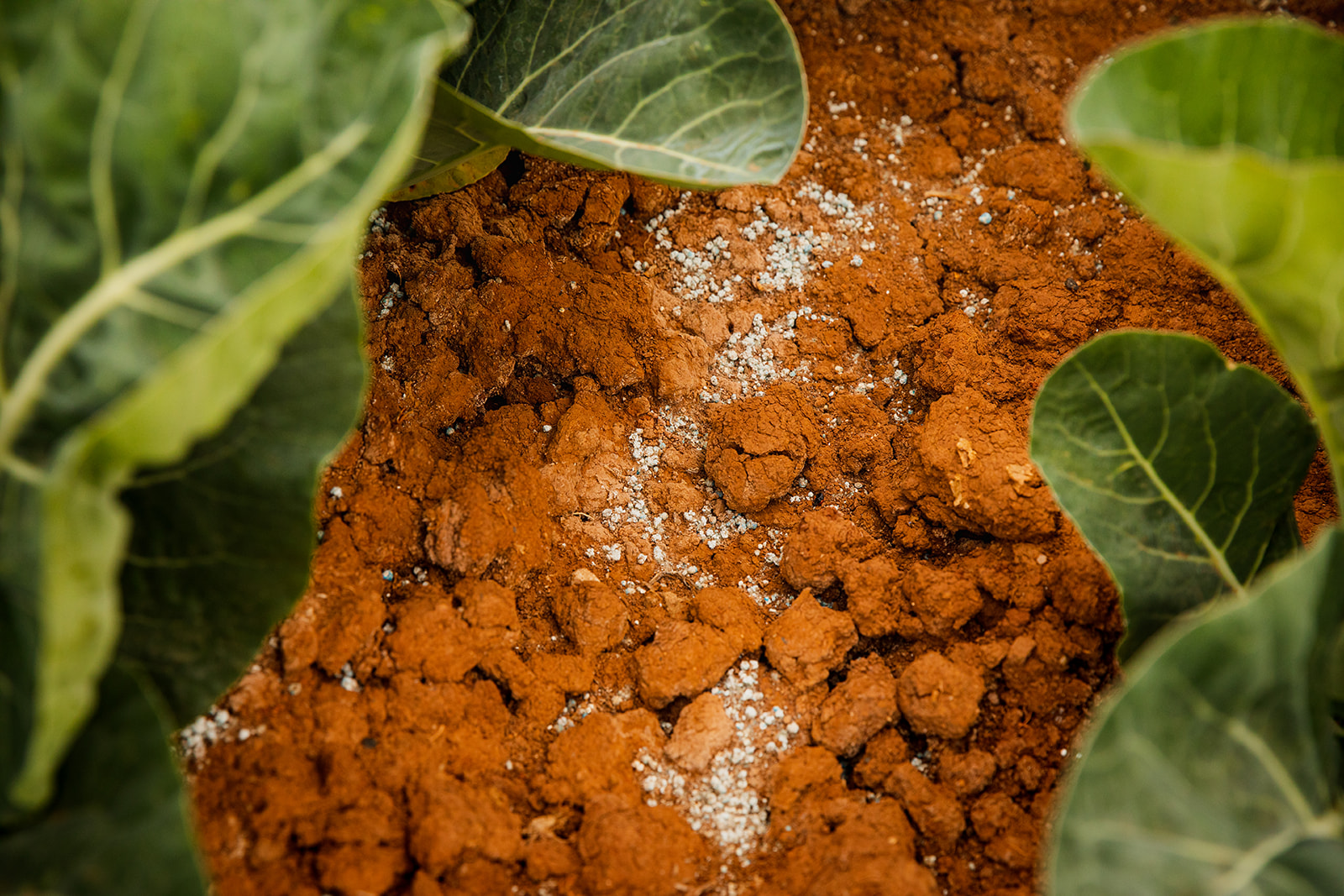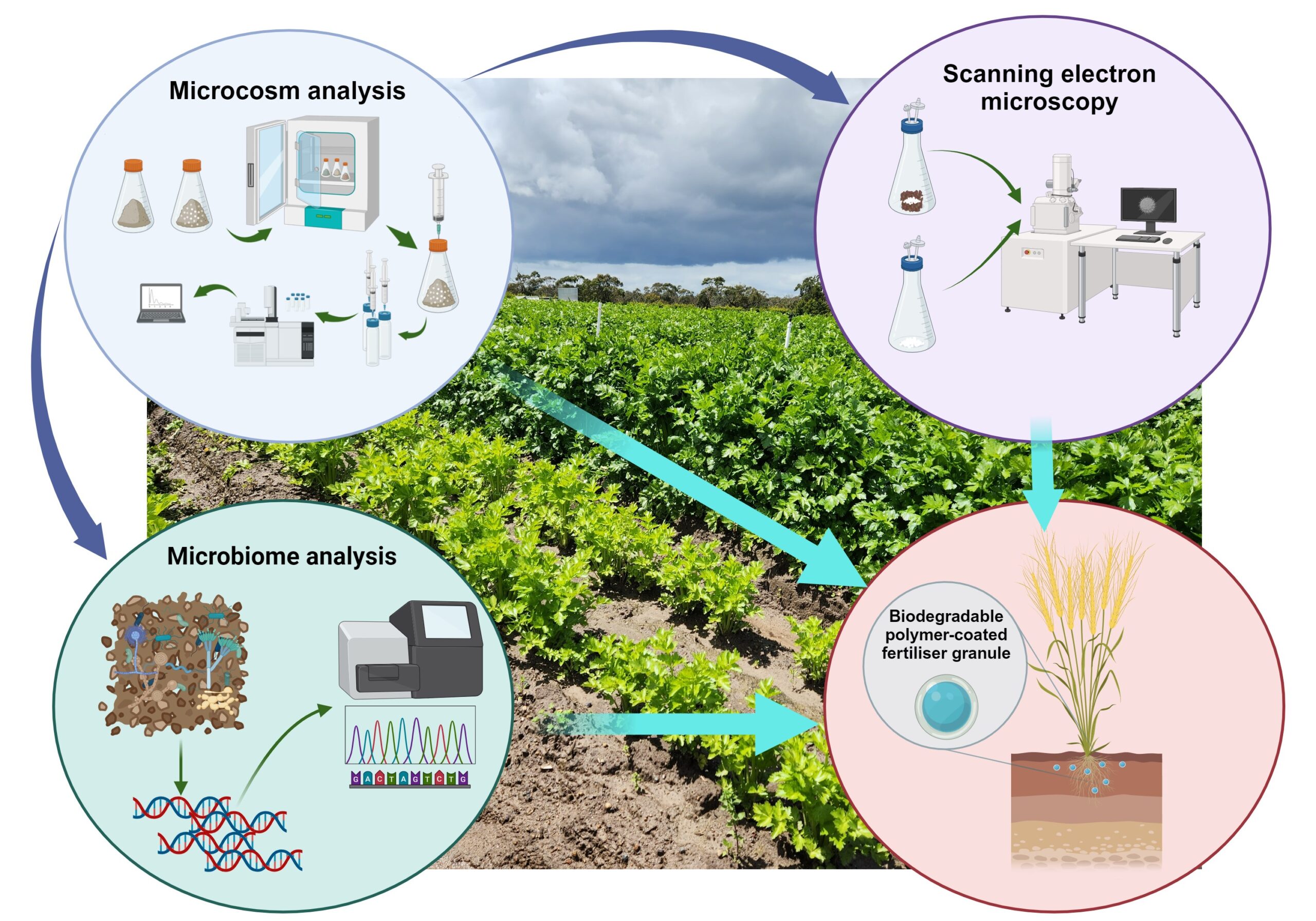Bacterial metabarcoding reveals plant growth promoting members of the core Brachypodium distachyon root-associated microbiome overlooked by culture dependent techniques
Carl Otto Pille, Zahra F. Islam, Helen L. Hayden, Elena Colombi, Lok Hang Chan, Ute Roessner, Deli Chen & Hang-Wei Hu. “Bacterial metabarcoding reveals plant growth promoting members of the core Brachypodium distachyon root-associated microbiome overlooked by culture dependent techniques,” Plant Growth Regulation. DOI: https://doi.org/10.1007/s10725-024-01221-2
Biofertilisers comprised of plant growth promoting bacteria (PGPB) present a promising sustainable alternative to synthetic fertilisers. Bacteria which consistently colonise roots of specific plants across distinct environments, known as that plant’s core root microbiome, are particularly promising due to their colonisation competency. However, traditional, culture-based techniques can overlook promising PGPB which do not display commonly screened for plant growth promoting traits. Although numerous studies have isolated beneficial root bacteria, few have combined bacterial metabarcoding with culture-based techniques to identify novel biofertiliser candidates. In a two-pronged approach, 16S rRNA amplicon sequencing was used to define the core root microbiome of the model cereal plant, Brachypodium distachyon, grown in four distinct soils.
From 7,042 amplicon sequence variants (ASVs) detected in root fractions, only 40 ASVs were common at a prevalence of 80%. Core ASVs primarily belonged to the class Alphaproteobacteria, with the remainder comprising Actinobacteria, Bacilli, Chloroflexia, Gammaproteobacteria and Negativicutes. Secondly, B. distachyon root-associated bacterial strains were isolated from plants grown in the aforementioned soils. Of 207 root-associated isolates, 10 were identified as members of the core root microbiome, with the majority not displaying commonly screened for plant growth promoting traits. However, in a semi-hydroponic system, a core Bacillus and Rhodococcus strain significantly increased B. distachyon shoot dry weight by 32.8% and 40.0%, respectively. Additionally, two core Bacillus strains significantly increased root dry weight by 79.7 and 52.3%.
This study demonstrates the potential of incorporating additional criteria afforded by culture-independent methods to select for novel biofertiliser candidates which may be overlooked by culture-dependent techniques.




